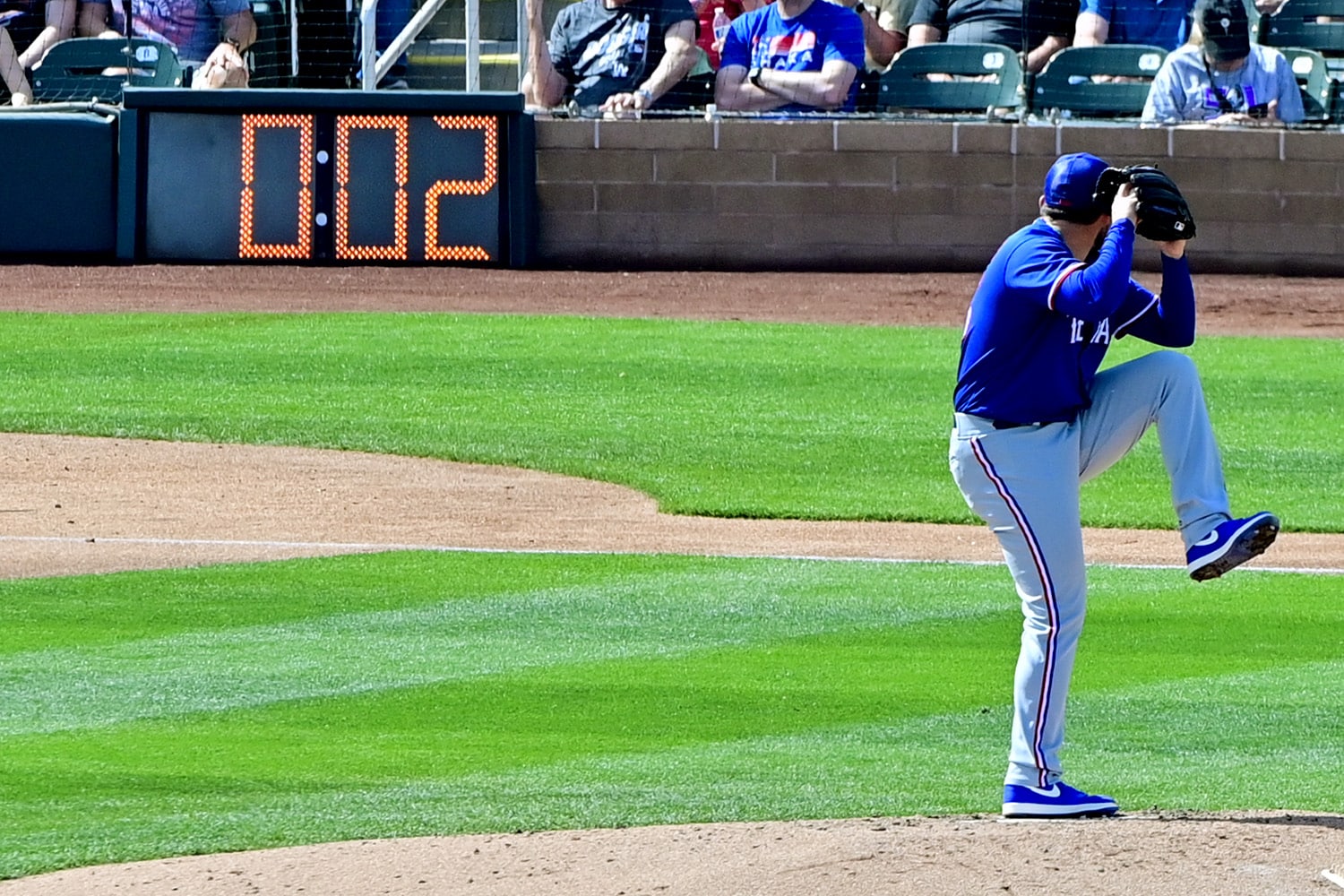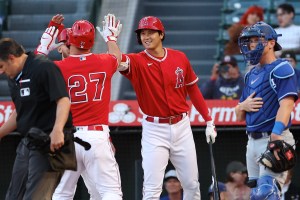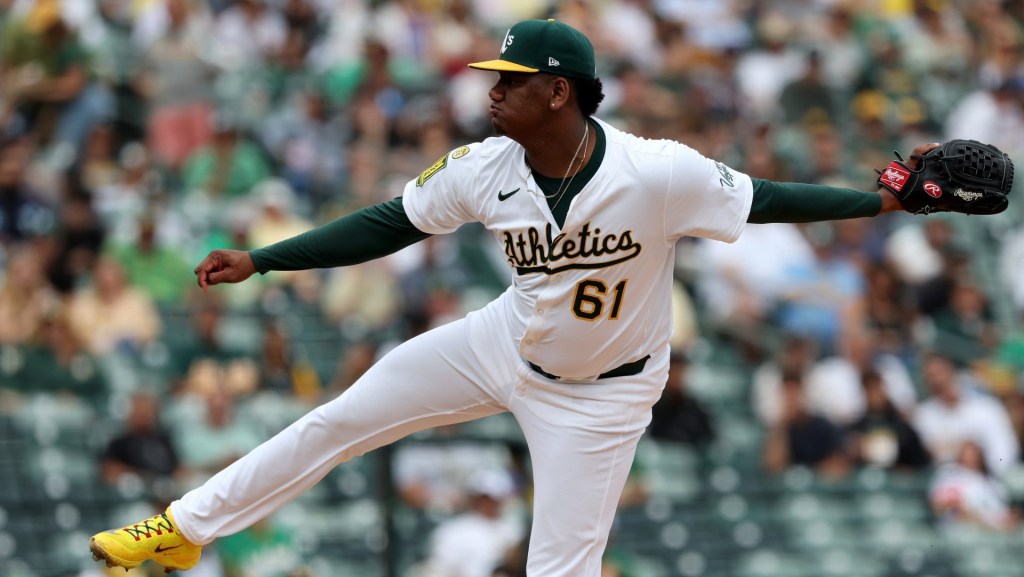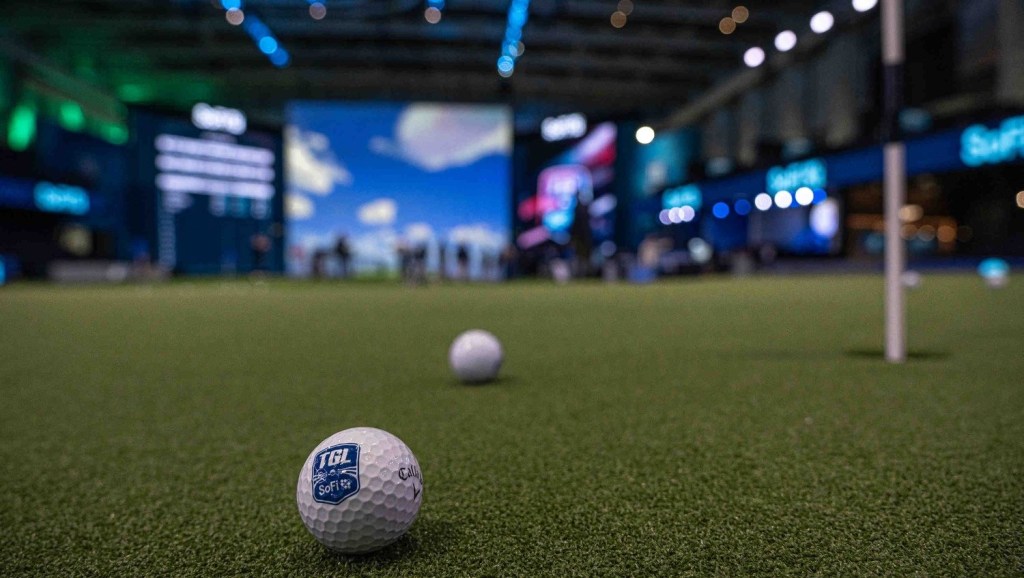This season, baseball is undergoing its biggest change in a generation.
The league is adding several new rules intended to speed up the game and reward speed and athleticism.
The most dramatic change is the pitch clock, which requires pitchers and batters to keep the game moving at a steady clip — or get docked with automatic balls and strikes. Data from spring training shows games have been 20-to-30-minutes shorter.
Perhaps more importantly, the action feels more constant, with much less pausing and standing around.
The league has also cut back on defensive shifting, requiring that two infielders stand on each side of second base. Some teams have dabbled with bringing in an outfielder to effectively act as a fifth infielder.
Either way, the result will likely be more hits and more offense.
MLB is also aiming to make stolen bases more of a factor. The bases will be larger, and pitchers are now limited in how many pickoff throws they can make. During spring training, baserunners stole more frequently and were more successful in their attempts.
While the rules seem to already be having their intended effects, the real test will be to inspire more fans to tune in or show up at ballparks.
These changes should collectively create a more dynamic, action-filled game that can compete for younger fans, who traditionally lean more toward football, basketball, and soccer.


















